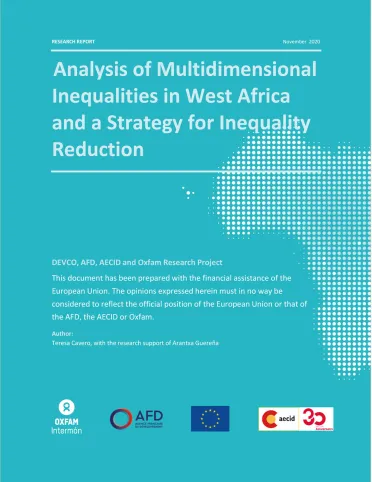Share the page
Analysis of Multidimensional Inequalities in West Africa and a Strategy for Inequality Reduction
Published on

With the Multidimensional Inequality Framework and the capabilities approach as its theoretical underpinning, this research shows that strong similarities in the expressions of inequalities exist in different domains of life in Burkina Faso, Ghana, Mali, Niger and Senegal. Inequalities depending on the place of residence, level of income, education and gender, clearly expressed in health, education, financial security and dignified work, living conditions or participation. In general, women living in rural areas, with lower income and lower education are the most disadvantaged, compared to those living in urban areas, with high income and higher education, especially men. The research identifies three structural drivers and four policy drivers that can explain in part the mentioned inequalities, and suggests a set of policies clearly targeted towards the most remote rural areas and towards women, youth and other minorities and marginal groups.
